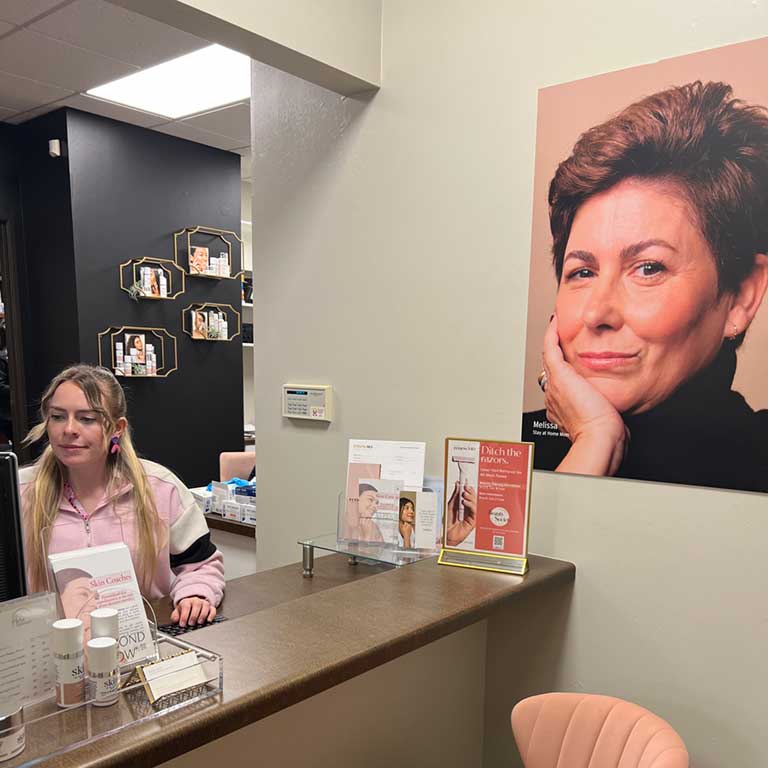Hyperpigmentation aka dark spots, is one of the most common skin concerns that brings patients to RenewMD. Hyperpigmentation means having too much pigment/color in the skin. This can be present in any age group and is caused by a number of factors. Some ethnicities, such as Asian and South Asian (Indian), are more prone to hyperpigmentation, and as I specialize in ethnic skin, this condition is something I see a lot of. Treating hyperpigmentation on my own skin was a challenge and once I found my routine – it was rewarding! Treating dark spots and/or hyperpigmentation is one of my favorites at RenewMD! Skin hyperpigmentation occurs due to various reasons and successfully treating it requires understanding the core cause. Here are some common causes of hyperpigmentation and which age groups and ethnicities are typically prone to these:
Post inflammatory hyperpigmentation:
Long phrase, common problem. This essentially means dark spots that are left behind after an acne break out. Such spots are very common in darker skin types and can be the only remnant of old acne in adults. When treating this condition, it is imperative to first control acne breakouts with medical grade facials and skin care, which is why I always start patients on a tight skin care regimen and a deep cleansing facial before embarking on a series of aggressive treatments to erase hyperpigmentation.
Melasma:
This is likely one of the more challenging skin conditions we treat. Melasma is hyperpigmentation caused by over activity of melanocytes, which are cells that produce pigment in skin. Again, darker skin tones are more susceptible to melasma. In particular, melasma is more common in women undergoing large shifts in their hormones, pregnancy and/or menopause for example. Unfortunately, we still do not know the exact cause of melasma, which makes it more challenging to treat. Even you can not eliminate melasma, it can definitely be effectively suppressed. I realize it’s an ongoing battle, which is why maintenance is key in keeping melasma from re-emerging.
Sun Damage:
Sun damage is most notorious for causing hyperpigmentation and everyone is subject to some level of sun damage. Interestingly, people with more pigmentation/darker skin types are less prone to sun damage. However, sun damage also exacerbates post-inflammatory hyperpigmentation and melasma. Treating sun damage requires a three-pronged approach. Initial treatment series, skincare, and maintenance are key: 1) Treatments Skin resurfacing treatments are very effective at clearing hyperpigmentation. Skin resurfacing involves causing micro-injury to the skin to trigger new collagen production. This can be accomplished with lasers like Picosure or with less intense treatments like microneedling. Results come incrementally and I always inform my patients to expect at least 3 to 4 sessions spaced four weeks apart to achieve their final results. 2) Skin Care Lightening agents like Hydroquinone, kojic acid and vitamin C are essential in optimizing the results of resurfacing treatments. Additionally, these lightening agents become an important part of a daily maintenance routine. 3) Maintenance Maintenance is SO essential. People get so excited after their initial treatments and forget that skin is constantly getting exposed to the environment, and in that process, new glowing collagen that was produced with resurfacing treatments will also start to wear down. Maintenance with monthly microdermabrasion facials and an annual laser or microneedling procedure will keep your skin clear and fresh. Book a free consultation with Dr. Simran Sethi today!








Leave A Comment